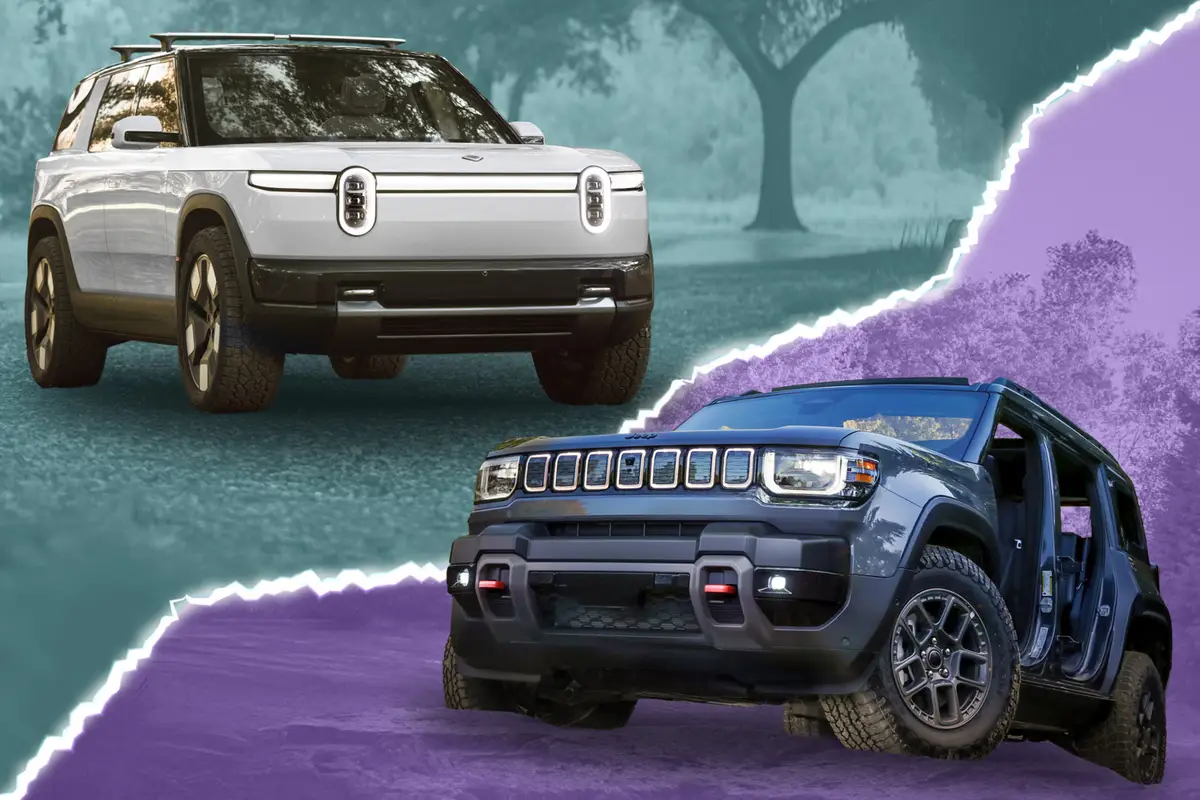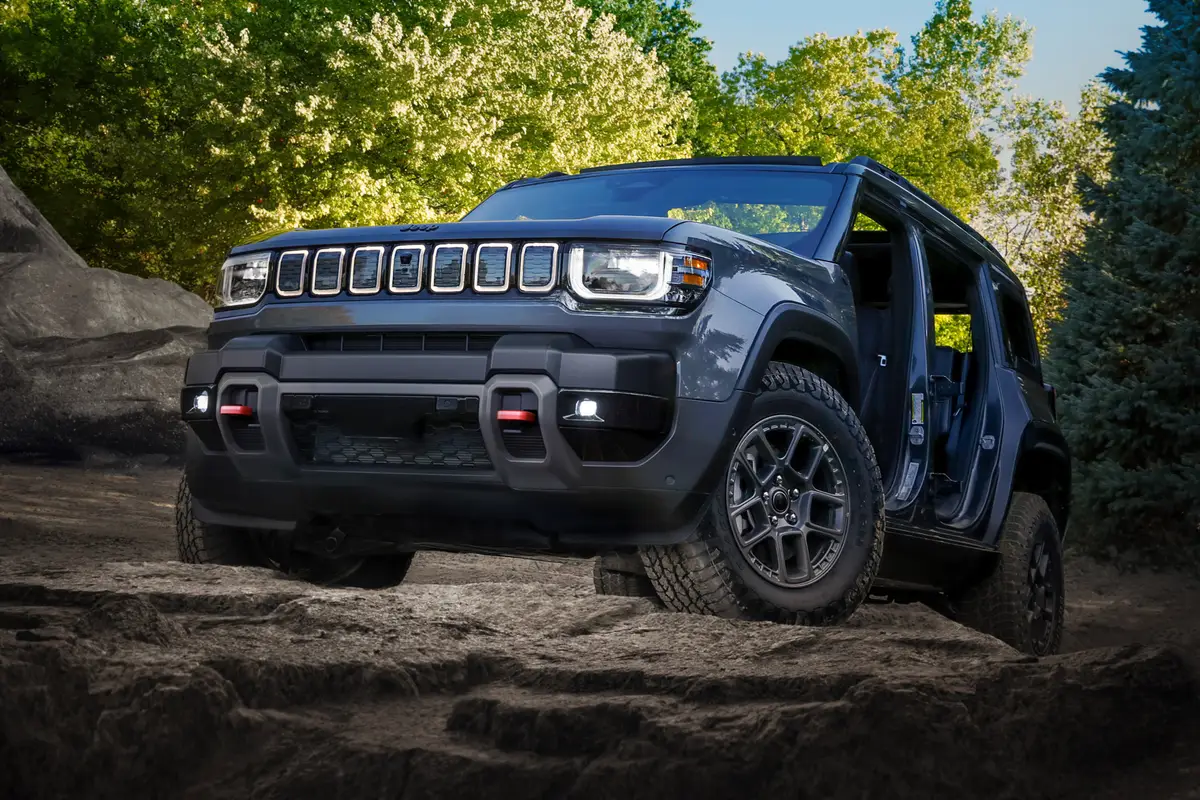The Morning Call and Mcall.com's view
With more and more people buying light trucks as personal vehicles it really shouldn’t come as a surprise that this is a hot segment of the automotive market. But most people probably aren’t aware of just how hot a market it is. For example, sales of light trucks – including both standard and compact pickups – in 1984 went over one million units. This was three times the 335,000 units sold in 1978, which was then considered an excellent year.
But why do some many people want to ride around in a light truck? Well, there’s a couple of reasons for it. Some people just want to be good old boys, others consider it chic, while others have a need for a multipurpose vehicle that can be used for daily transportation and leisure activities. Then, of course, such vehicles can be used for work, but let’s not bother ourselves with such mundane applications.
As the demand for light trucks increased, they became more and more civilized and genteel. Or, was it the other way around? It really doesn’t make that much difference what came first, but what’s happening right now. And right now it seems that everybody wants a piece of the action. For example, take Mazda, which happens to be the manufacturer of this week’s test vehicle – the B2000 pickup. In 1978, Mazda sold some 4,700 trucks. The 1984 sales period, however, broke all Mazda records with a total of 119,127 pickup sales. This gave Mazda a 19.4 share of the total import truck market, which was up from a 1.4 share in 1978.
Quite an impressive increase. But apparently Mazda even wants more. In February it introduced its 1986 model B2000 pickup, which aside from jumping the season a bit, happens to be a new model that was aimed specifically at the personal use light truck market. It still looks like a compact pickup – not much can be done about that – but the trim and interior are closer to that of a car than a pickup. Also, the new model has a new and more powerfulengine, new suspension and just a general sportier appearance.
According to Mazda, development of the new truck began in 1981 with a joint study between Mazda engineers in California and Japan. Among the parameters established for the new vehicle were a combination of rugged good looks and passenger car elegance, a roomy cab and low interior noise levels and crisp handling sporty performance – all without sacrificing fuel economy, cargo capacity or work truck utility. Quite an overall goal. But Mazda claims it has achieved it. This, however, will be determined in the marketplace. As of now, though, the new truck doesn’t appear to be doing too badly. A recent release from Mazda on U.S. sales figures for its passenger cars and trucks for July showed that, indeed, the truck was holding its own. During the month, 10,779 B2000 and B2200 (the diesel version) were sold. This compared to the sale of 4,909 GLCs, 7,501 626s and 4,819 RX-7s.
Dimensions for the test vehicle (an SE-5 long bed model supplied by Mazda Motors of America) included: overall length, 193.7 inches; wheelbase, 117.5 inches; width, 65.7 inches; height, 61.7 inches; bed length, 89.9 inches; bed width, 56.9 inches; bed height, 15.6 inches, and curb weight, 2,710 inches. This makes it a good-sized compact. Or, let’s say, it is larger than the Mazda pickups of yore. The payload is 1,500 pounds (occupants and cargo) and the towing capacity is 1,500 pounds for a trailer with brakes and 1,000 for one without.
The new B2000’s pickup box has a double wall bed, which, of course, increases rigidity and will go a long way in helping durability. In addition, the test vehicle had the optional bed liner for even added protection for the sides, floor and tailgate. This certainly is an option to look into, especially if the vehicle will be used for pleasure and work.
The cab, like every other standard cab, does have its limitations. The B2000 has 38.6 inches f head room and 42.4 inches of leg room. This means that even the tallest of driver’s shouldn’t have any problem fitting in. The test vehicle had a bench seat with three seat belts. This in itself is somewhat unusual since most import pickups have bucket seats. The bench seat will not hold three big men but it is perfectly suitable for two adults and a small child. And, no doubt, this is the purpose of it. The interior of the test vehicle was quite impressive. In fact, it sort of reminded me of a 626. The carpeting was thick, the seat was covered with an attractive-looking cloth, the headliner was padded and the instrument panel and controls looked like they came out of car. These touches wouldn’t attract a second look in a passenger car but, again, we’re discussing a pickup.
The B2000 is powered by a 120 cubic inch (2-liter), single overhead cam, four-cylinder engine featuring a square bore/ stroke, microprocessor-controlled feedback carburetor system and Mazda Stabilized Combustion system with high-swirl intake ports, masked valve headseats and high-energy ignition system. This all sounds very impressive but it really isn’t that much different than other four-cylinder engines. An interesting point, though, is that the new engine is about 53 pounds lighter than that of the 1984 B2000 because of the use of lightweight engine parts, a recessed aluminum water pump and a reduction of crankshaft counterweights from eight to four. Engine horsepower is rated at 80 horsepower at 4,500 rpm and torque at 110 foot pounds at 2,500 rpm.
Now 80 horses these days, even in a compact pickup, is really nothing to get excited over. But performance is decent and perhaps even more than one would expect. No doubt this is due to the close ratio 5-speed manual transmission that makes the most of the power. The B2000’s performance is most impressive on acceleration. On passing or when climbing mountains, you are going to have to shift around a bit to keep things moving. Fuel mileage was acceptable. The test vehicle averaged 19 miles per gallon for city driving and 24 mpg over the highways. With its large 17.4 gallon fuel tank, there’s a long way between fill-ups.
The B2000 is an easy driving and easy riding car. In fact, most people will be surprised just how well it does ride. But then it does have a 117.5 inch wheelbase (with long bed) and long wheelbases do smooth out bumps. But the suspension is also tuned to provide a passenger car-type ride. The front suspension features torsion bars while the rear has leaf springs. Nothing unusual here. But just to make things a little more interesting (and to help cut down on power hopping) the rear has oppositely-angled shock absorbers. Steering is by a recirculating ball system, which in an age of rack and pinion really isn’t seen that much these days. But Mazda is quick to point out that recirculation ball is still preferred by Rolls-Royce, Merc edes-Benz and its own RX-7. Again, a good example of more than one way of doing the same job.
Base price for the SE-5 long bed is $6,595. The test vehicle had a total price of $8,134, which included: air conditioning, $650; AM-FM stereo, $225; power steering, $200; bed liner, $289, and inland freight, $175.
Latest news



